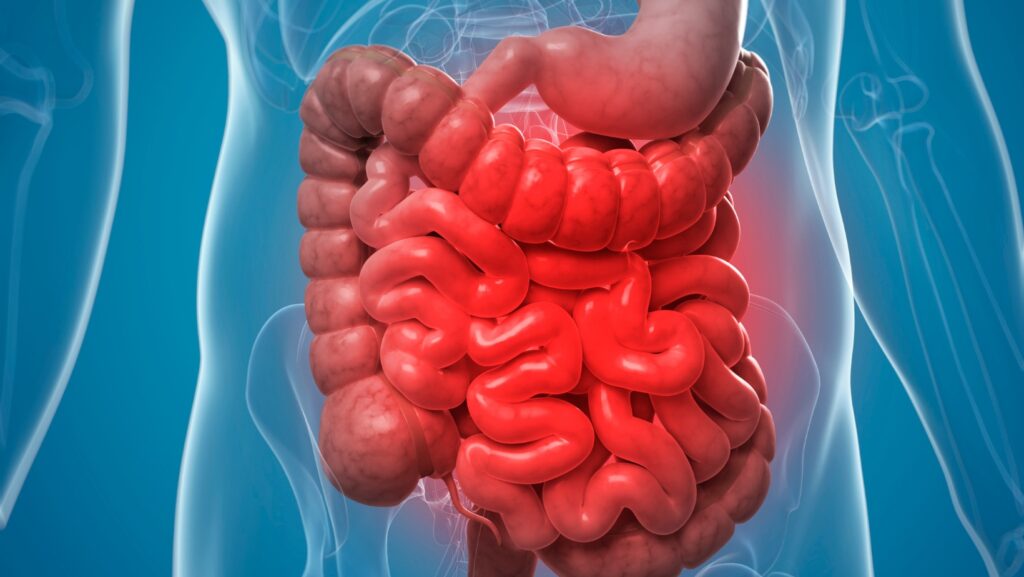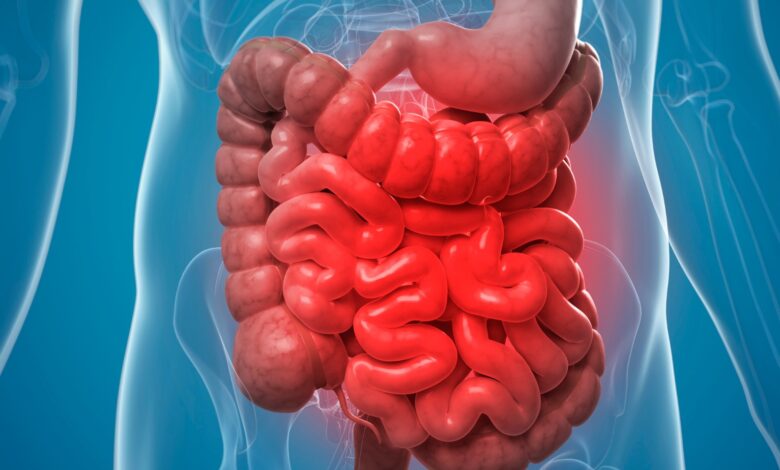Diverticulitis is a digestive condition that occurs when small pouches, known as diverticula, in the walls of the digestive tract become inflamed or infected. Effectively managing diverticulitis involves a combination of medical treatment and dietary modifications. In this blog post, we’ll explore the key foods to avoid if you have diverticulitis and provide expert tips for a diverticulitis-friendly diet.
Understanding Diverticulitis
Diverticulitis can lead to symptoms such as abdominal pain, fever, nausea, and changes in bowel habits. While medications and lifestyle adjustments are crucial, dietary changes play a significant role in managing symptoms and preventing flare-ups. Following a suitable diet can help alleviate symptoms and promote better digestive health.
Why Diet Matters in Managing Diverticulitis
A proper diet for managing diverticulitis focuses on avoiding foods that may irritate the digestive tract or contribute to complications. By identifying and steering clear of these trigger foods, individuals with diverticulitis can manage their condition more effectively and maintain overall well-being.

7 Key Foods To Avoid With Diverticulitis
1. High-Fiber Foods (During Acute Flare-Ups)
While fiber is generally beneficial for digestive health, it can aggravate symptoms during an acute diverticulitis flare-up. High-fiber foods to avoid include:
- Whole grains
- Raw fruits and vegetables
- Legumes and beans
- Nuts and seeds
Instead, opt for a low-fiber diet to reduce irritation in the colon. You can gradually reintroduce fiber into your diet once symptoms improve.
2. Seeds and Nuts
Seeds and nuts can lodge in the diverticula, causing irritation or infection. Avoid:
- Chia seeds
- Flaxseeds
- Poppy seeds
- Nuts (such as almonds, walnuts, and peanuts)
Nut butter without added seeds is a safer alternative, offering nutrients without the risk of irritation.
3. Popcorn
Popcorn kernels are tough to digest and can become trapped in the diverticula, leading to inflammation. Avoid popcorn and choose softer, more easily digestible snacks like:
- Unsweetened applesauce
- Low-fat yogurt
- Soft-cooked fruits and vegetables
4. Red Meat
Red meat, particularly processed meats like sausages and hot dogs, can be difficult to digest and may worsen diverticulitis symptoms. Limit your intake of:
- Beef
- Pork
- Lamb
Instead, incorporate lean proteins such as:
- Skinless poultry
- Fish
- Tofu
5. Dairy Products
Dairy products can trigger symptoms like bloating and discomfort in some individuals with diverticulitis. Consider reducing:
- Full-fat milk
- Cream
- Cheese
Lactose-free or low-fat dairy alternatives may be better options if you have sensitivities.
6. Refined Carbohydrates
Refined carbohydrates, including white bread, pastries, and sugary snacks, can cause constipation and digestive issues, exacerbating diverticulitis. Avoid:
- White bread
- Pastries
- Sugary cereals
Opt for whole grain alternatives, such as whole grain bread and brown rice, when your symptoms are not acute.
7. Spicy Foods
Spicy foods can irritate the digestive tract and worsen diverticulitis symptoms. Avoid foods with:
- Hot peppers
- Spicy sauces
- Chilies
Use herbs and mild spices to flavor your meals without irritating them.
For a more comprehensive list of foods to avoid with diverticulitis, visit Dr. Nivedita Pandey’s detailed guide.
Expert Tips for Managing Diverticulitis
1. Stay Hydrated
Hydration is crucial for maintaining digestive health, especially when following a diverticulitis diet. Drinking enough water helps soften stool and prevent constipation, which can reduce the risk of diverticulitis flare-ups. Aim for at least 8 glasses of water daily.
2. Focus on Low-Fiber Foods During Flare-Ups
During acute flare-ups, stick to low-fiber foods that are gentle on the digestive system. These include:
- White rice
- Plain pasta
- Cooked or canned fruits without skins
- Cooked or canned vegetables without seeds
3. Gradually Reintroduce Fiber
Once your symptoms improve, slowly reintroduce fiber into your diet to help prevent future flare-ups. Start with soluble fiber, which is easier on the digestive system, such as:
- Oats
- Bananas
- Applesauce
Gradually add insoluble fiber like whole grains and raw vegetables, monitoring your body’s response.
4. Eat Smaller, More Frequent Meals
Eating large meals can strain the digestive system and potentially trigger symptoms. Opt for smaller, more frequent meals throughout the day to reduce the burden on your digestive tract.
5. Avoid High-FODMAP Foods
High-FODMAP foods are fermentable carbohydrates that can cause gas and bloating, worsening diverticulitis symptoms. Common high-FODMAP foods include:
- Certain fruits (apples, pears)
- Certain vegetables (onions, garlic)
- Dairy products
- Wheat products
Consider a low-FODMAP diet if high-FODMAP foods aggravate your symptoms.
6. Maintain a Food Diary
A food diary can help identify specific foods that trigger your diverticulitis symptoms. Record what you eat, the quantity, and any symptoms you experience. This can guide you in making informed dietary choices.
7. Consult with a Healthcare Professional
Always consult with a healthcare professional or a registered dietitian before making significant changes to your diet. They can provide personalized advice tailored to your specific condition and nutritional needs.
Conclusion
Effectively managing diverticulitis involves avoiding certain foods and adopting dietary habits that support digestive health. By following the tips outlined in this post and avoiding key foods, individuals with diverticulitis can manage their symptoms and enjoy improved well-being. Always consult with healthcare professionals to tailor a diverticulitis diet to your specific needs and circumstances.
For more detailed guidance on foods to avoid with diverticulitis, refer to Dr. Nivedita Pandey’s comprehensive guide.




